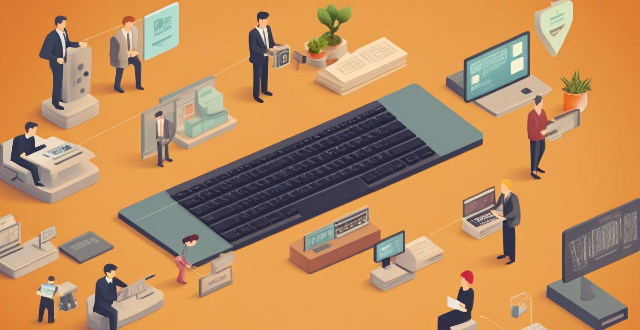When encountering common computer issues, it's beneficial to try basic troubleshooting steps before seeking professional repair services. This can save time and money, and sometimes a simple solution is all that's needed. Some steps to consider include identifying the problem, checking connections and power source, restarting the computer, running diagnostics, checking for malware, clearing temporary files and cache, uninstalling recently added software or drivers, checking for overheating, consulting online resources, creating a backup, and considering factory reset or reinstallation. By following these steps, you can address many common computer issues. However, if the problem persists or if you feel uncomfortable performing certain tasks, it's best to seek help from a professional technician.

How to Troubleshoot Common Computer Issues Before Seeking Professional Repair
When facing common computer issues, it's often beneficial to attempt some basic troubleshooting steps before resorting to professional repair services. This can save time and money, and sometimes a simple solution is all that's needed. Here are some steps to consider:
1. Identify the Problem
- Symptoms: Note down what happens (e.g., error messages, noises, or behaviors) when the issue occurs.
- Frequency: Determine if the problem happens consistently or intermittently.
2. Check Connections and Power Source
- Peripherals: Ensure all peripheral devices are properly connected.
- Power Supply: Verify that all power cables are securely plugged in and that power strips are turned on.
3. Restart Your Computer
- Software Glitch: A simple restart can resolve temporary software issues.
- Updates: Check for operating system updates during startup.
4. Run Diagnostics
- Built-in Tools: Use your operating system's built-in diagnostic tools to check for hardware problems.
- Third-Party Software: Utilize reputable third-party diagnostic software for deeper scans.
5. Check for Malware
- Antivirus Software: Ensure your antivirus software is updated and run a full system scan.
- Regular Scans: Make regular malware scans part of your maintenance routine.
6. Clear Temporary Files and Cache
- Disk Cleanup: Use disk cleanup tools to remove unnecessary files.
- Browser Cache: Clear your browser's cache and cookies to fix web-related issues.
7. Uninstall Recently Added Software or Drivers
- Software Conflict: If the issue started after installing new software, try uninstalling it.
- Driver Issues: Roll back or reinstall drivers for your hardware components.
8. Check for Overheating
- Vents and Fans: Ensure vents are not blocked and fans are working properly.
- Temperature Monitoring: Use temperature monitoring tools to check if components are overheating.
9. Consult Online Resources
- Forums and Guides: Search for your specific issue in online forums or guides.
- Manufacturer Support: Check the manufacturer's website for specific troubleshooting information.
10. Create a Backup
- Data Backup: Before making any significant changes, ensure your important data is backed up.
- System Restore Point: Create a system restore point in case you need to revert changes.
11. Consider Factory Reset or Reinstallation
- Operating System Reinstall: If all else fails, consider reinstalling your operating system.
- Factory Reset: For severe issues, performing a factory reset might be necessary, but this will erase all data.
By following these steps, you can address many common computer issues. However, if the problem persists or if you feel uncomfortable performing certain tasks, it's best to seek help from a professional technician.